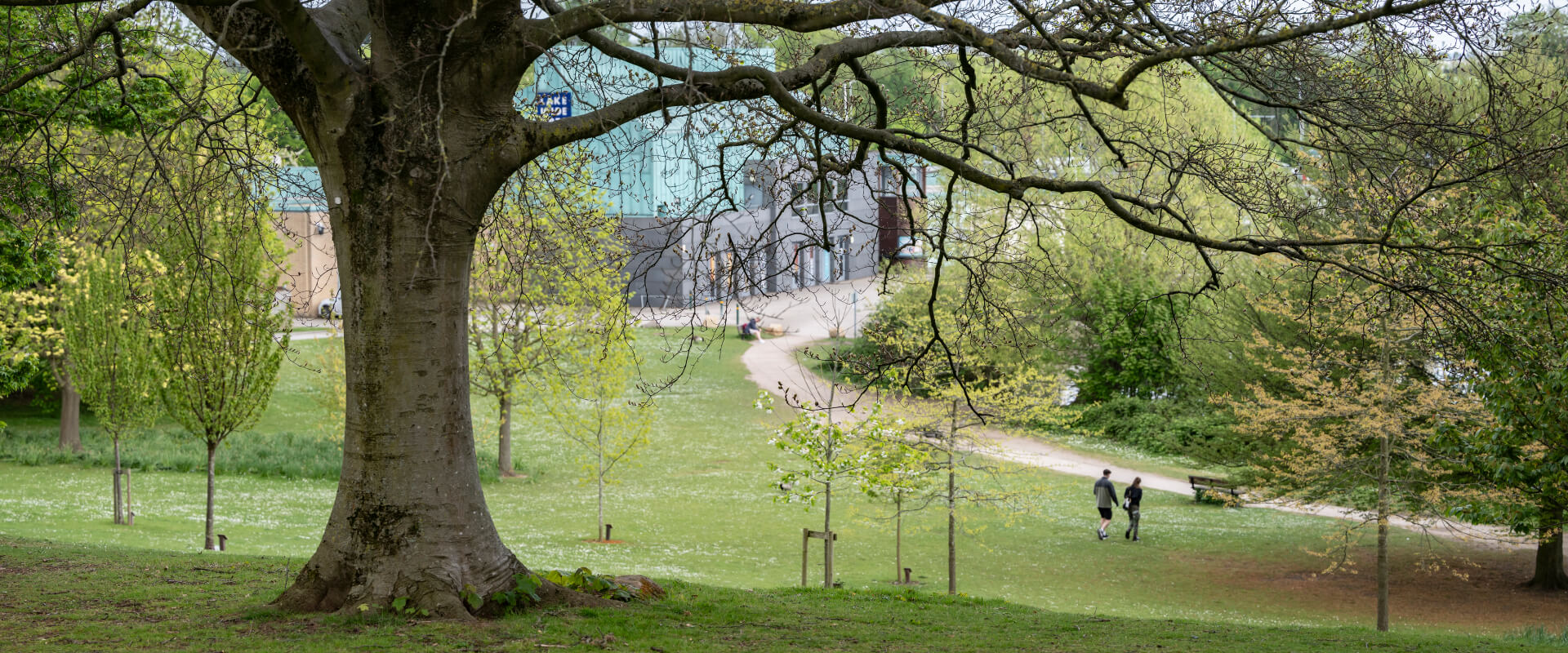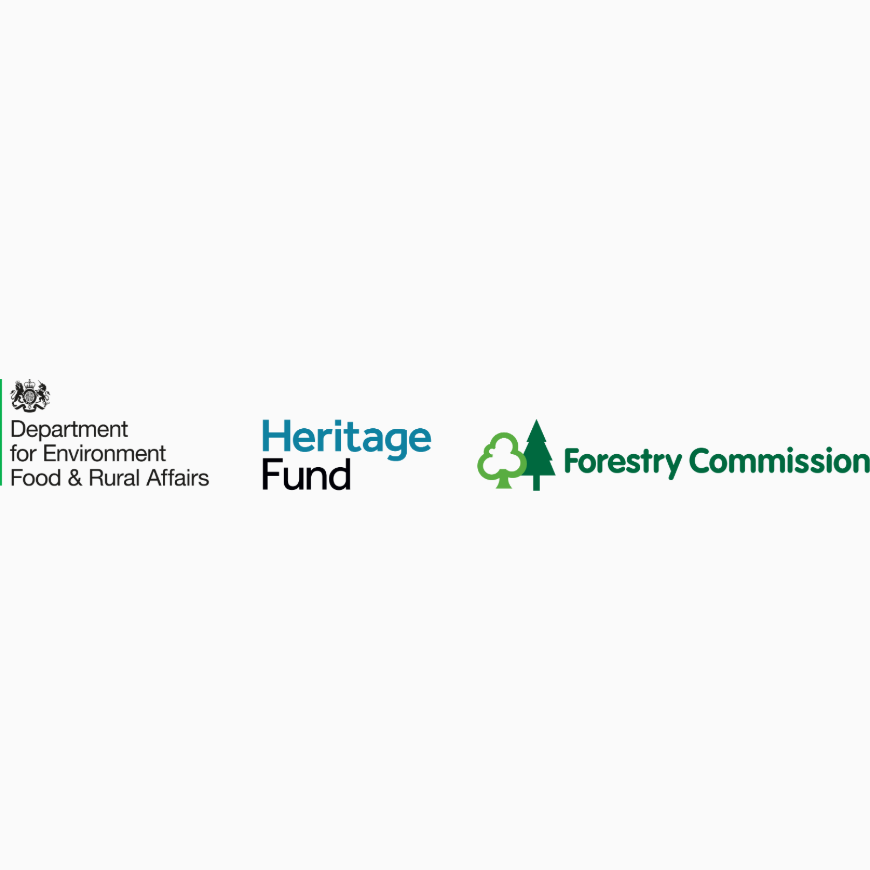
Create an urban forest master plan
24-06-2025
Get started with...
Case study
Guidance

24-06-2025
Get started with...
Case study
Guidance
Equitable urban forests can provide social, economic and environmental benefits for generations of people, in communities across the UK.
But far from becoming more equitable, our urban canopy cover is actually in decline and it’s declining fastest in the greyest areas. It’s a trend that won’t reverse without a proactive change in our approach to urban forest planning and management.
Local authorities are uniquely placed to drive this positive change, and this guide can help you move from understanding the challenges to implementing the solutions that improve tree equity in our urban places.
Discover best practice examples and tools to put the right resources, strategies and plans in place to transform your approach to urban forest management.
Local authorities and their partners share how they transformed their approach to urban forest planning and management, and the benefits it has helped to deliver for people and nature.
The key word here is collaboration. Everyone involved needs to have the same focus and expectation to ensure you’re all moving in the same direction. At the beginning of the process, it’s important to agree on a set of shared principles and the ultimate outcome you’re all looking for.
The Design Council’s ‘Double Diamond’ is a design tool for you to adapt, add to and make your own.
The image above shows how this diamond design process can be a useful tool in urban forest planning. Discover how the four steps can help you consider local priorities, budgets and resources, find solutions to complex problems and create the right strategic plan for your urban forest.
Once you’ve set and agreed your shared principles, it’s time to think, interrogate and understand what specific obstacles stand in your way in your place. Talk to other people who are affected by the issues and don’t assume you know what the problem is before you start.
Here are a few thought starters to get the discussion going (these are some of the common barriers that other local authorities have encountered):
Use your insights from the ‘discover’ stage to focus in further and define your challenge in a different way. Can you identify the top-down factors that could prevent you from increasing canopy cover (e.g. lack of dedicated decision-making time for urban trees in the public realm)? Or are there bottom-up factors that could enhance your capacity to plant trees (e.g. empowering more community organisations to establish tree planting initiatives)?
Again, collaboration is key here. At this stage you may want to consider working with a smaller group of core partners. Don’t restrict yourself to internal departments as external perspectives can be useful at this point too.
Now you have a clear idea of what your challenge is, you can think creatively about potential solutions that could work for your place.
Don’t restrict your thinking at this stage. Look at examples of best practice, collaborate and co-design solutions with a range of experts and residents and consider some of our thought starters:
Now that you have a list of potential solutions on the table, you can consolidate them into a plan that will improve your tree equity.
It’s important to look at your resources. Research suggests that you should aim to allocate a third of your funds to comprehensive planning on a project level. Ensure you have enough funding or consider how you can attract new funding streams.
Another useful tool is the Tree Council’s Trees and Woodland Strategy Toolkit. It brings people together to set out a strategy to harness the long-term benefits that trees can bring to communities.
With practical guidance, insightful case studies from ten local authorities around the country and other useful resources, it’s just as useful in towns and cities as it is in the countryside.
This guide is part of a series created by the Urban Forest Accelerator programme.
The programme was run in partnership with the Community Forest Trust and Woodland Trust, and funded by the Trees Call to Action Fund. This fund was developed by Defra in partnership with the Forestry Commission and is being delivered by the National Lottery Heritage Fund. Special thanks to Birmingham City Council and Birmingham TreePeople. Text on this web page is licensed by the programme under CC BY 4.0.

Discover more about how we can create fairer urban forests in our towns and cities below.
Get started with...
Case study
Guidance
24-06-2025
Get started with...
Case study
Guidance
24-06-2025
Get started with...
Guidance
24-06-2025
Webinar
Case study
09-12-2024